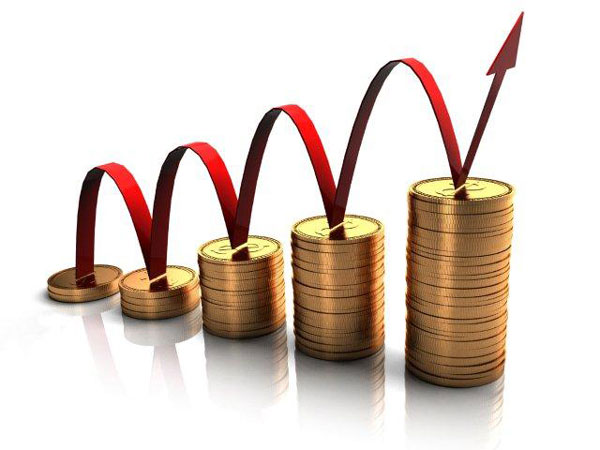News
Use up your ISA allowance on 6 April if you can – Nutmeg

People with large pots to invest are better off using up their entire ISA allowance on the first day of the new tax year, according to investment firm Nutmeg.
It calculated that someone investing £10,000 in a medium-risk portfolio would, over a 10 year period, have accrued £133,000 if they’d invested on day one of the tax year, compared to £128,000 if they’d waited to the last minute and invested on the last day of the tax year.
The greater returns are down to compounding – converting income into capital to earn more income and so on.
Nick Hungerford, chief executive of Nutmeg, said: “If you’re fortunate enough to have sufficient savings to take advantage of the new tax year’s ISA allowance straight away, then do so and leave the investments to accumulate.
“You then immediately start to benefit from compound and the tax benefits and investment returns you receive will mount up year-on-year as your portfolio grows.”
What if I don’t have a lump sum to invest?
For investors who don’t have a lump sum ready to invest on day one of the new tax year, the next best option is to drip feed smaller amounts of money each month into a stocks and shares ISA, so that “each contributed sum benefits from the effects of compound returns sooner”, Hungerford said.
This method is also recommended by Fidelity International.
Maike Currie, investment director at Fidelity, said: “When it comes to investing, it’s the early bird investor that tends to catch the best returns. The longer you can save for, the better given the snowball effect of compounding which could make a considerable difference to your investment’s total returns over the long term.
“Of course, not everyone may have a lump sum at hand to invest at the beginning of the tax year. A monthly savings plan is a simple way to start investing early and make regular contributions into your ISA savings pot, which over time can build into a sizeable nest egg.”
Currie added that drip feeding your investments can help to cushion your portfolio from dips in the stock market making sure you don’t buy or sell at the wrong time.
She said that if you invested a lump sum of £1,200 in the FTSE All Share at the end of each tax year, starting 5 April 2007, you would have a pot of £13,664.15 (as at 05/02/2016).
But if you had regularly invested £100 in the FTSE All Share every month at the start of each tax year, from 6 April 2006, you would have a pot of £15,198.30 (as at 05/02/2016). That’s a difference of £1,534.15.